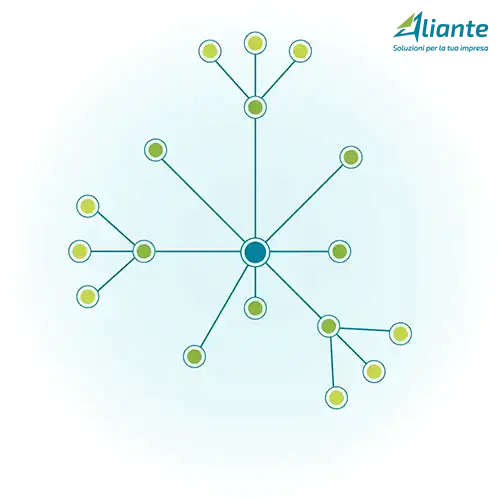Decentralization of a work system

Decentralization of a work system refers to the process of moving decision-making authority, responsibilities, and operations from a centralized hierarchical structure to a broader distribution within an organization. This can involve several areas, including human resource management, activity planning, decision-making center, and communication. Decentralization often aims to create a more flexible, accountable, and adaptable environment within the organization.
Here are some key aspects of decentralizing a work system:
- Delegation of authority: In a decentralized system, decisions are made at the local or departmental level rather than being concentrated at the top of the hierarchy. This can improve the speed of decisions and allow for greater responsiveness to challenges and opportunities.
- Distributed Accountability: With decentralization, responsibilities are assigned to lower levels of the organization. This can lead to greater involvement and accountability, as those involved will be held directly accountable for the results of their actions and decisions.
- Innovation: Decentralization can foster innovation because people closest to day-to-day operations are more likely to propose and implement new ideas. This can lead to creative solutions and continuous improvement.
- Flexibility: A decentralized system can react more quickly to changes in market conditions, customer needs, and industry trends. Adaptation is easier because decisions can be made closer to the source of the changes.
- Staff Development: Decentralization provides opportunities for employee development and potential, as they can take on more significant roles and have more control over their activities. This can improve job satisfaction and career growth.
- Communication: While decentralization can improve communication between business units, it is essential to establish clear communication channels to avoid barriers and ensure that all stakeholders are aligned with the organization's goals.
- Challenges: Decentralization can also bring challenges, such as the need to coordinate and align activities across different units, avoid duplication, and ensure that the organization’s values and vision are shared across the organization.
Ultimately, decentralizing a work system can lead to benefits such as greater flexibility, agility, and employee engagement. However, it is important to carefully consider how to implement it effectively, taking into account the specific needs and dynamics of the organization.
To implement an efficient decentralization process, it will be necessary to accurately execute each of these steps:
- Needs Analysis: Carefully assess the specific needs of the organization, including its size, structure, employee skills, and business goals.
- Define levels of authority: Clearly establish levels of authority and responsibility across the organization, identifying which decisions can be made locally and which require higher involvement.
- Training and Development: Invest in staff training and development to ensure employees have the skills they need to take on additional responsibilities and make informed decisions.
- Create Procedures and Guidelines: Develop clear procedures and guidelines to ensure that decisions made at the local level are aligned with the organization’s global goals and comply with company policies.
- Effective Communication: Implement effective communication channels to ensure that relevant information is shared in a timely manner across business units and that all employees are aware of changes in the decision-making structure.
- Monitoring and Evaluation: Create monitoring and evaluation mechanisms to assess the effectiveness of the new decentralized system and make any necessary adjustments based on the results obtained.
- Promoting the right mindset: Foster an organizational culture that fosters trust, collaboration and personal growth among employees, encouraging calculated risk-taking and innovation.
Implementing decentralization takes time and effort, but a well-planned and carefully executed strategy can lead to greater efficiency, agility, and employee engagement within the organization.